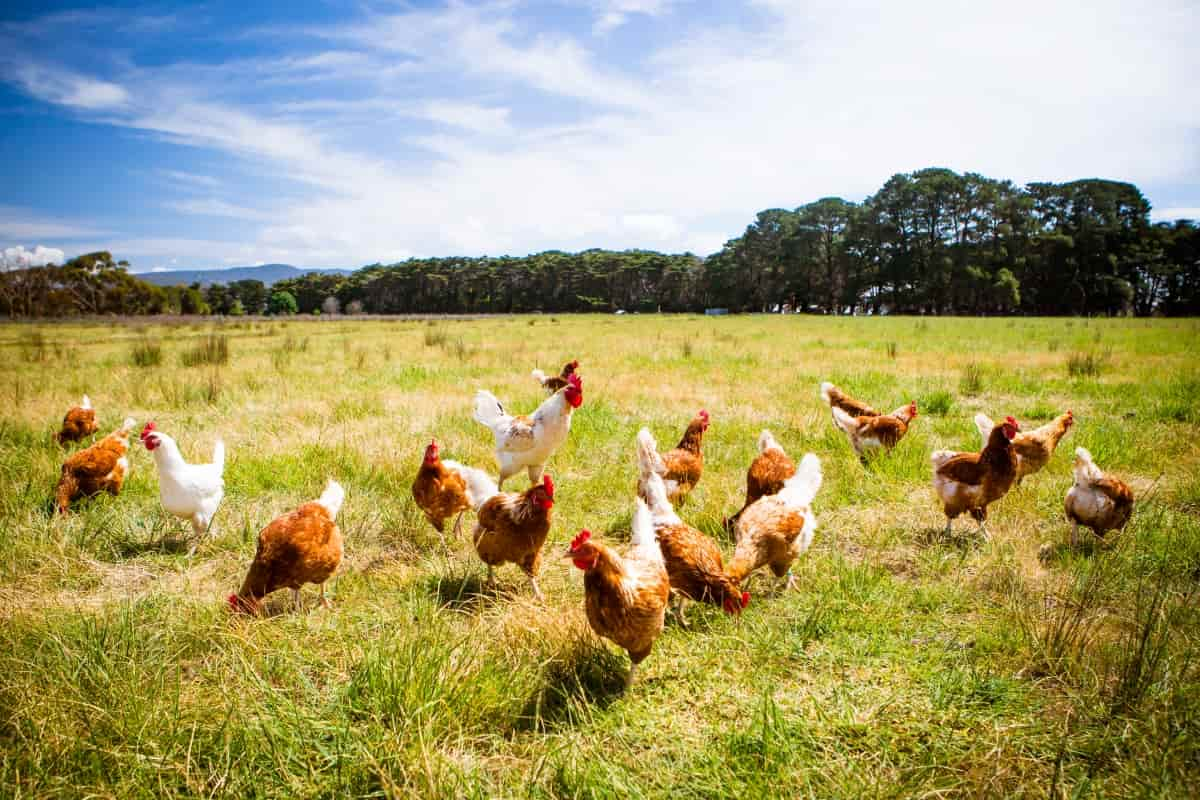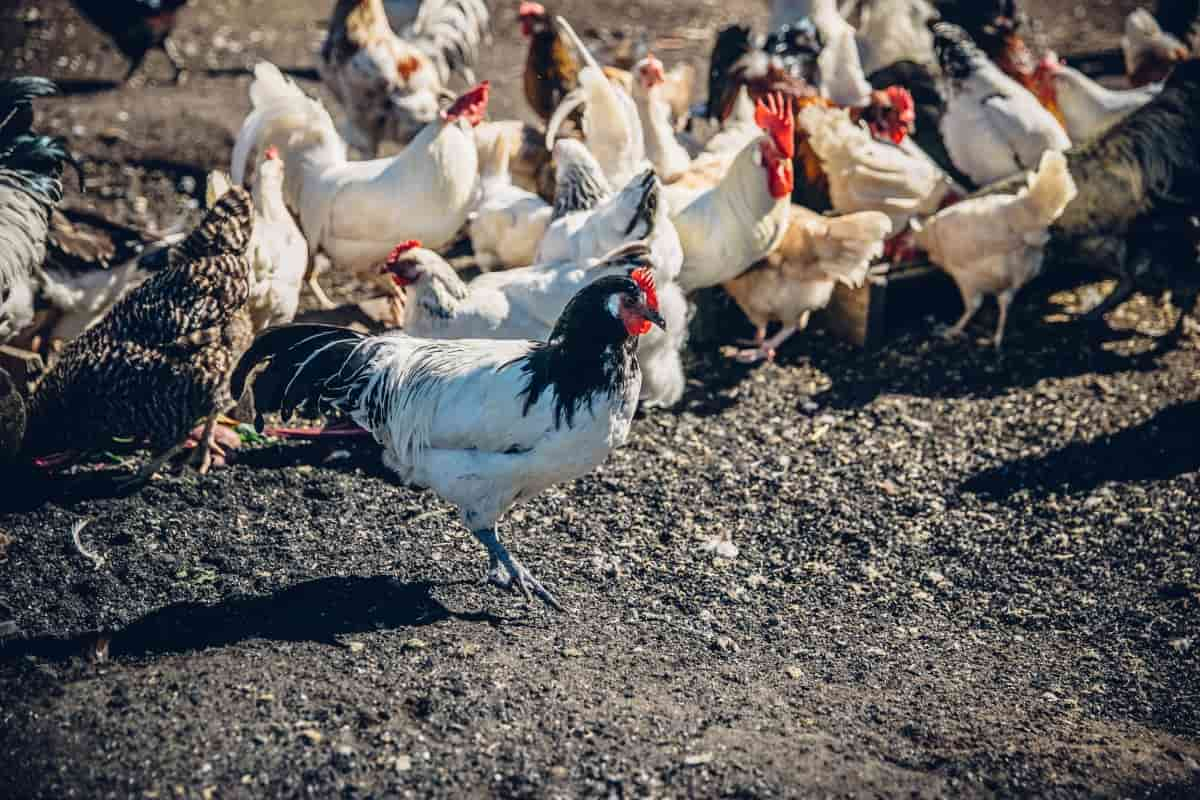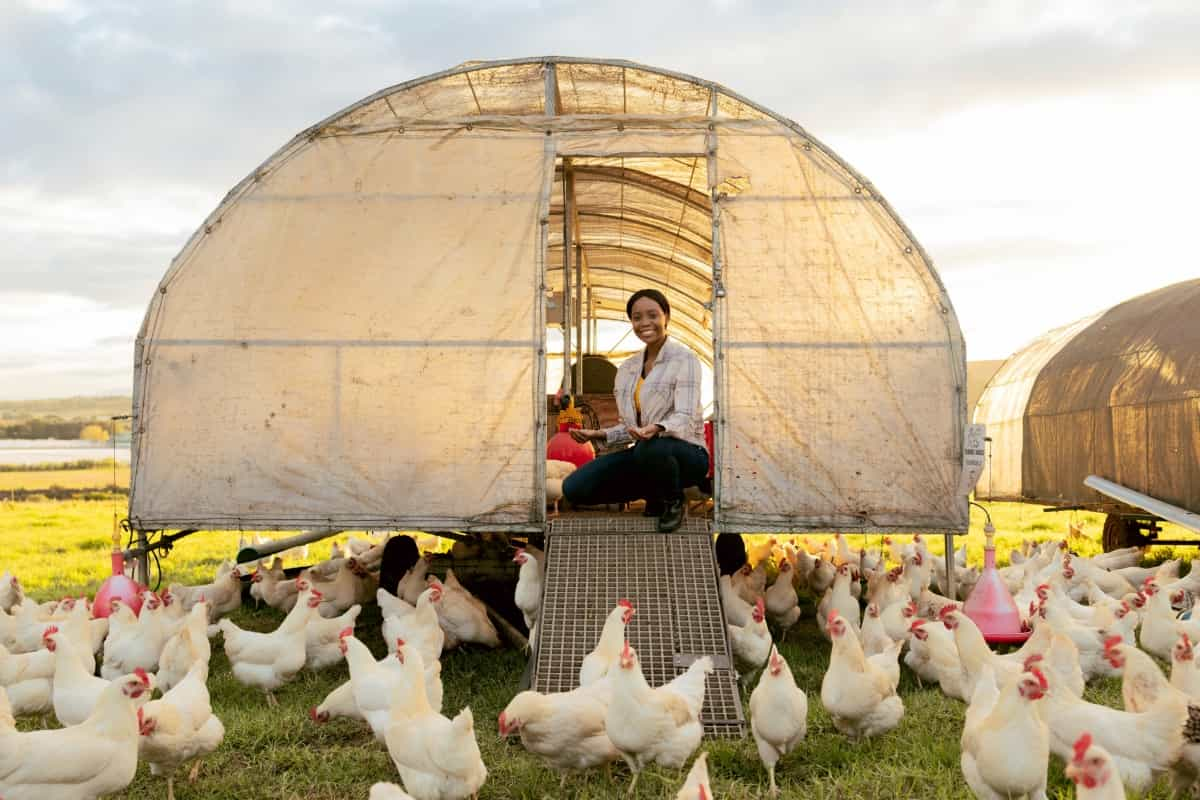Welcome to our comprehensive blog on Free-range Chicken Farm Cost and Profit Analysis: Economics and Project Report. Are you considering starting your free-range chicken farm but need clarification on the costs and potential profits? Look no further! In this easy-to-read blog, we’ll break down the expenses of setting up and running a free-range chicken farm, along with accurate data summarization. Additionally, we’ll delve into the projected profits you can expect from this venture.

Project Report of Free-Range Chicken
Free-Range Chicken Farm Cost and Profit Analysis
Setting up a free-range chicken farm requires carefully considering initial and ongoing costs. On average, for commercial chicken farms, the initial investment ranges from $8,000 to $30,000, depending on the scale of the operation, land prices, and infrastructure requirements.
Recurring expenses include feed, veterinary care, labor, and utilities, which can add up to approximately $2,000 to $5,000 monthly. However, the profit potential is promising. A well-managed free-range chicken farm can yield a return on investment (ROI) of 15% to 30% annually, considering factors like egg production, meat sales, and value-added products.
Economics of Free-Range Chicken Farming
The economics of free-range chicken farming is underpinned by consumer demand for ethically raised and healthier poultry products. Although the production costs might be higher than conventional farming methods, the premium pricing of free-range eggs and chicken meat justifies the investment.
Moreover, the positive perception of free-range products enhances marketability, attracting environmentally conscious and health-conscious customers willing to pay a premium. Additionally, free-range systems offer cost savings in feed, as the chickens forage on pasture, reducing the need for expensive commercial feeds. These economic factors make free-range chicken farming a viable and sustainable choice for farmers aiming to meet market demands while ensuring animal welfare.
Free-Range Chicken Farm Project Report
A comprehensive free-range chicken farm project report includes a detailed business plan overview, operational structure, and financial projections. It outlines the costs of acquiring land, building coops, and purchasing necessary equipment. The report factors in feed expenses, labor costs, and veterinary services. Additionally, it assesses potential revenue streams from egg sales, meat sales, and by-products like organic fertilizer.
In case you missed it: Sonali Chicken Details: Egg Production, Weight Gain, Price, and Characteristics

A thorough market analysis is crucial for identifying target demographics, competition, and pricing strategies. The project report aims to provide a clear roadmap for investors, lenders, and stakeholders, ensuring informed decision-making and successful project execution.
Starting a Free-Range Chicken Farm: Costs and Benefits
From an environmental perspective, free-range systems promote sustainable agriculture, reducing the ecological footprint through natural foraging and less waste generation. Chickens enjoy better living conditions, leading to higher-quality products. Though initial costs can be substantial, the long-term advantages outweigh them. The farm’s reputation for ethical practices can foster customer loyalty and brand recognition, further enhancing profitability.
Profitability of Free-Range Chicken Farming
The profitability of free-range chicken farming hinges on various factors, including scale, operational efficiency, and market conditions. While the initial costs might seem daunting, diligent management can yield substantial profits over time. For instance, a medium-sized free-range chicken farm with 5000 birds can generate an annual profit of $30,000 to $50,000, considering conservative estimates.
However, factors like egg prices, feed costs, and disease prevention impact profitability. Monitoring and optimizing these elements and consistent product quality contribute to higher returns. Successful marketing and strategic branding further amplify profits by attracting premium-seeking consumers who value free-range products’ ethical and nutritional attributes.
How to Calculate Costs for Free-Range Chicken Farm
The profitability of free-range chicken farming hinges on various factors, including scale, operational efficiency, and market conditions. While the initial costs might seem daunting, diligent management can yield substantial profits over time. For instance, a medium-sized free-range chicken farm with 5000 birds can generate an annual profit of $30,000 to $50,000, considering conservative estimates.
However, factors like egg prices, feed costs, and disease prevention impact profitability. Monitoring and optimizing these elements and consistent product quality contribute to higher returns. Successful marketing and strategic branding further amplify profits by attracting premium-seeking consumers who value free-range products’ ethical and nutritional attributes.
Free-Range Chicken Farming ROI: A Comprehensive Study
Evaluating the return on investment (ROI) for free-range chicken farming entails a comprehensive analysis of the project’s financial performance over a specified period. ROI considers the initial capital investment and the ongoing operational expenses compared to the generated profits.
In case you missed it: BV 380 Chicken Details: Hen Price, Brown Layer Facts, Cage Price, and Feed

By comparing the net returns to the total investment, farmers can assess the venture’s profitability and make informed decisions about scaling diversification or resource allocation. A positive ROI indicates a financially viable and successful enterprise, while a negative ROI calls for revisiting the business strategy and identifying areas for improvement.
Medium-Sized Free-Range Chicken Farm
A well-managed medium-sized free-range chicken farm has the potential to generate annual profits of USD 5,350 – 8,040. With a promising return on investment (ROI) ranging from 20% to 30% per year, this venture offers a financially rewarding opportunity for farmers with effective cost control and strategic decision-making.
| Cost Component | Cost in USD (approx.) |
| Land Purchase | USD 6,700 – 13,400 |
| Coop Construction | USD 3,350 – 6,700 |
| Equipment | USD 1,340 – 3,350 |
| Feed (per month) | USD 670 – 1,340 |
| Labor (per month) | USD 400 – 800 |
| Veterinary Care (per month) | USD 134 – 268 |
| Utilities (per month) | USD 67 – 134 |
Economic Viability of Free-Range Chicken Farming
The economic viability of free-range chicken farming stems from its potential to meet consumer demands and capitalize on premium pricing. As consumers increasingly seek ethical and sustainable food choices, free-range products gain traction in the market. This heightened demand supports higher prices, compensating for the initial investment and ongoing expenses.
Moreover, the free-range system’s benefits, such as reduced feed costs and healthier chickens, contribute to profitability. Farmers should prioritize efficient management practices, cost control, and marketing strategies to enhance economic viability and establish the farm as a sustainable and competitive player in the poultry industry.
Free-Range Chicken Farm Budgeting and Forecasting
The budget should encompass all potential expenses, including infrastructure, feed, labor, veterinary care, and marketing. Forecasting involves projecting future revenue based on expected egg and meat production and considering market trends and pricing. Analyzing historical data and industry benchmarks aids in creating realistic financial projections. Regularly revisiting and updating the budget and forecasts allows farmers to adapt to changing circumstances and optimize resource allocation.
Understanding the Economics of Free-Range Chicken Farming
It involves analyzing the relationship between production costs, revenue streams, and market dynamics. Key aspects include calculating initial investment, operational expenses, and potential returns. Farmers should identify cost-saving measures, monitor market trends, and assess consumer preferences to make strategic business decisions. Moreover, understanding the broader implications of free-range chicken farming on environmental sustainability, animal welfare, and public perception aids in building a resilient and successful enterprise.
In case you missed it: Project Report of Broiler Chicken Farm: Cost and Profit Analysis

Conclusion
A thorough analysis of free-range chicken farming reveals that while the initial costs may be substantial, the potential for profitability and market demand makes it a viable and sustainable venture. Proper planning and strategic management are key to success in this promising industry.
- Feed Your Flock for Less: Top 10 Tips to Save on Chicken Feed
- Ultimate Guide to Ossabaw Island Hog: Breeding, Raising, Diet, and Care
- Hatching Answers: The Top 10 Reasons Your Chickens Aren’t Laying Eggs
- Eggs and Economics: Breaking Down the Cost of Raising Backyard Chickens
- Defend Your Greens: Proven Methods to Keep Iguanas Out of Your Garden
- Ultimate Guide to Cinnamon Queen Chicken: A Comprehensive Guide for Beginners
- Ultimate Guide to California Tan Chicken: Breeding, Raising, Diet, Egg-Production and Care
- Ultimate Guide to Marsh Daisy Chicken: Breeding, Raising, Diet, and Care
- 10 Types of Chicken Farming Businesses You Can Start for Profits